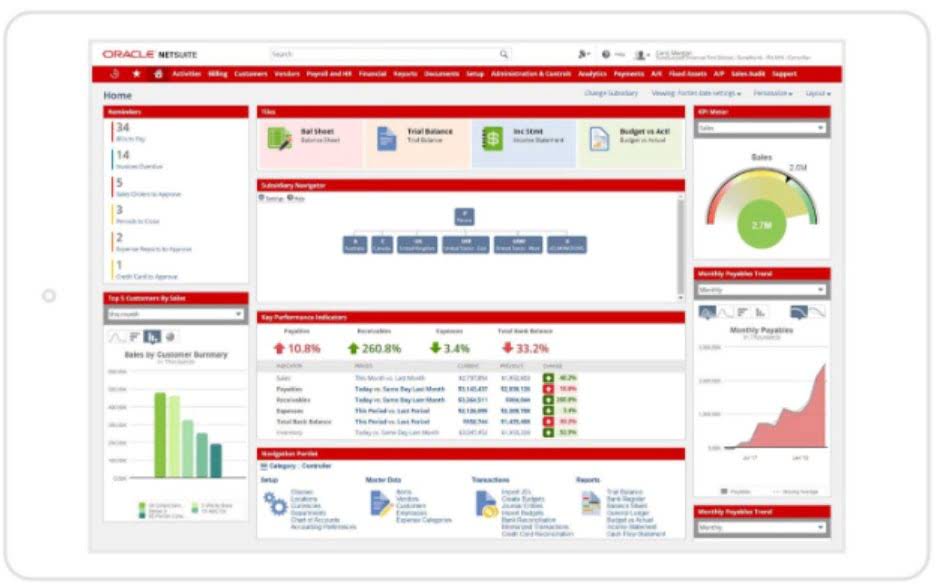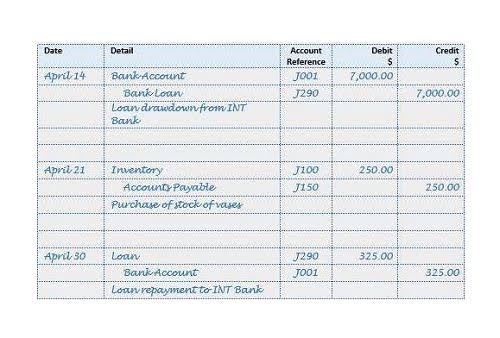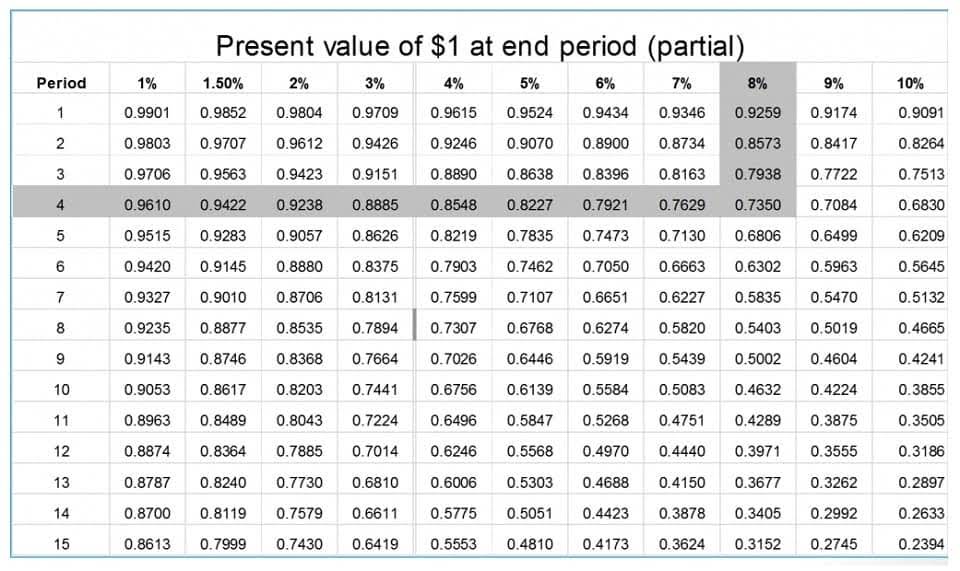
Throughout the job, you’ll want to stay in communication with owners, subcontractors, and vendors to make sure everyone is on the same page in terms of progress, payment status, and any changes in job scope. Things can easily be forgotten, misremembered, or misunderstood, so keeping written documentation of communications, invoices, and receipts is a must. It’s important to note that mechanic’s liens are often handled differently in public projects vs. private projects. Public projects are funded through taxpayer dollars and many times they do not allow for liens to secure your retainage and other billings. However, these projects will normally have a bond on them to ensure all payments are made. To ensure you can collect your retainage on a public project you need to get a copy of the bond for your record in case you need to collect off of the bond.

What Are the Rules of Retainage?
Although a controversial topic, retainage is commonplace in the construction industry. You can find retainage provisions in almost every modern construction contract. So you need to be sure to properly account for retainage throughout the project on each pay application to ensure it’s eventually paid out.
AIA G702-1992: Application for Payment
- If retainage is withheld on any of your projects, you need to track it separately from Accounts Receivable.
- Yancy Lassiter, a CPA with a degree from the University of Texas, has 12 years under his belt as a Controller and CFO in the construction industry; he’s your go-to guy for finance in the building industry.
- Regardless of whether your customer pays a progress bill, your company can only recognize income and expenses after you’ve completed the project.
- Owners and contractors withhold funds to provide an incentive to finish the project according to the owner’s specifications and to serve as funding if there is a problem on the job.
- Mechanics liens are the most powerful tools available to construction companies to secure all of their payments, including withheld retainage.
At its core, retainage involves withholding a predetermined percentage of payment from contractors or subcontractors until the project reaches satisfactory completion. This practice serves as a financial safeguard, ensuring that all parties fulfill their contractual duties and that any defects or incomplete work are addressed before final payment is released. In contrast, Texas declares no such cap on retainage percentages for public projects. In the private sector, for any work that’s eligible for a mechanic’s lien, the project owner is required by law to retain 10% of either the contract price or the value of the work completed. Retainage is an amount of money withheld from retainage accounting payment to a contractor or subcontractor until the end of the construction project, or a time specified in the contract. Also known as “retention,” the practice of withholding retainage is commonly used to ensure that the contractor or subcontractor finishes work completely and correctly.

Add Retainage to an Invoice

Retained money is usually withheld from all parties until the very, https://www.instagram.com/bookstime_inc very end of the project. On average, that means that general contractors wait about 99 days to get withheld money, and subcontractors (who likely finish before the general contractor) wait an average of 167 days. For a variety of reasons, it’s common for retained money to never actually get paid…so be very careful.

The practice is also baked right into laws all across the world that regulate the types of contractual provisions that contractors can agree to. Most of these laws were created to regulate and create limitations on the practice, mostly to promote its fair use and to prevent its abuse. Overbilling occurs when a contractor bills for contracted labor and materials prior to that work actually being completed. When the retention payment is made, it is posted against accounts payable to clear the amount owing. When ABC writes a check, it is recorded with a debit to accounts payable to clear the amount there.

- Retainage payable serves as a financial safeguard in construction contracts, ensuring that contractors and subcontractors fulfill their obligations before receiving full payment.
- 100% cloud-based, CrewCost’s job dashboards enable real-time reporting and actionable data, anywhere, any time, so you can make better decisions, improve your cash flow, and grow your business.
- Construction companies often generate additional reports due to their contracts’ long-term, complex nature.
- The construction industry presents unique accounting challenges that other industries don’t encounter.
- Flat-rate retainage is a fixed percentage of the contract price for the entire time of performance.
- When an invoice from your vendor is recorded, the retention will go to this account, with the balance going to Accounts Payable.
This segregation helps in preventing the misuse of retainage funds and ensures that they are available when needed. Utilizing specialized accounting software can streamline this process, providing real-time tracking and reporting capabilities that enhance financial oversight. As if managing cash flow for your construction company isn’t difficult enough, if you’re working on a commercial project, you may also have to deal with retainage. The practice of short-paying contractors’ invoices to secure completion of https://www.bookstime.com/articles/contribution-margin-ratio the work started as early as the 1800s.
